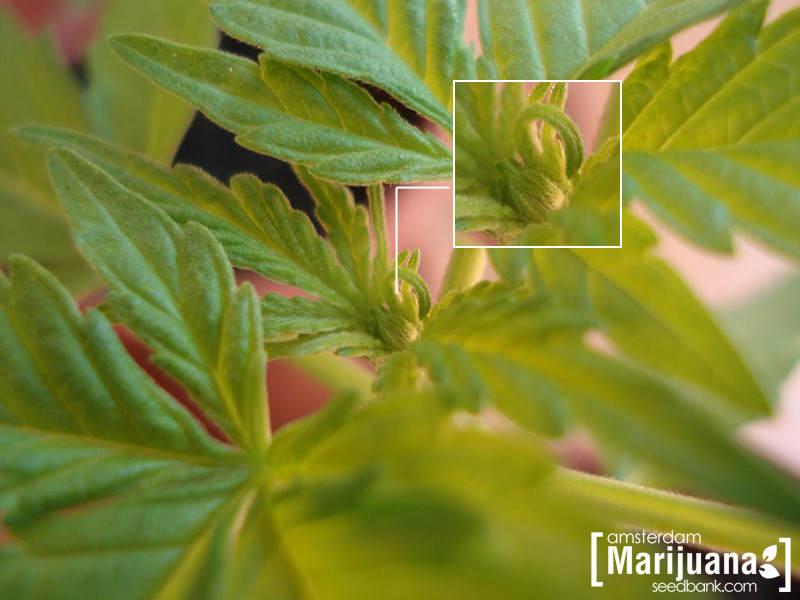These two species of cannabis are widely cultivated around the world for various recreational and medicinal purposes.

Marijuana and Cannabinoids
The distinct shape of the Cannabis leaf (pictured) is recognized around the world
Marijuana elicits a number of psychoactive and physiological effects on its user, all of which can be attributed to a group of chemicals known as cannabinoids.
The cannabinoids found in plants are sometimes referred to as phytocannabinoids (‘phyto’ = plant) and the female cannabis plant is known to produce over 60 unique cannabinoids when flowering. These flowers (or buds) are the only part of the plant that contain a high concentration of cannabinoids and are generally the only part that is cultivated for use.
Among these cannabinoids are two major constituents of marijuana – tetrahydrocannabinol (THC) and cannabidiol (CBD) – both of which have been thoroughly studied. THC has been the most popularized phytocannabinoid due to its well-known psychoactive effects, which have been attributed to the “high” that marijuana users experience.
Marijuana Intake
Cannabinoids must enter the blood stream to elicit their effects within the human body.
The most common method of intake is by smoking, as the cannabinoids in marijuana can only be released under certain conditions such as high temperatures. When marijuana smoke is inhaled, cannabinoids cross from the lungs to the blood stream within a matter of seconds. Once in the blood stream, cannabinoids enter circulation and begin to elicit their effects by binding to receptors found in various parts of the body.
Marijuana can also be prepared for ingestion, which results in a weaker but longer release of cannabinoids as absorption occurs in the stomach instead of the lungs.
Cannabinoid Receptors (CB1 and CB2)
There are two types of receptors in the human body that cannabinoids can bind to: CB1 and CB2. These receptors exist as part of the endocannabinoid system – the body’s natural cannabinoid system – that includes naturally occurring cannabinoids (endocannabinoids) such as anandamide and 2-arachidonoylglycerol (2-AG).
Phytocannabinoids – such as THC and CBD – are able to mimic the actions of endocannabinoids within the body by binding to the same receptors as they do.
THC has a higher affinity for CB1 receptors, which are most prominent in the brain and spinal cord but are also found in peripheral systems and organs such as the liver, GI tract, and thyroid glands. CB2 receptors are expressed almost exclusively in the immune system but have recently been identified in other parts of the body as well.
Source: truthonpot.com